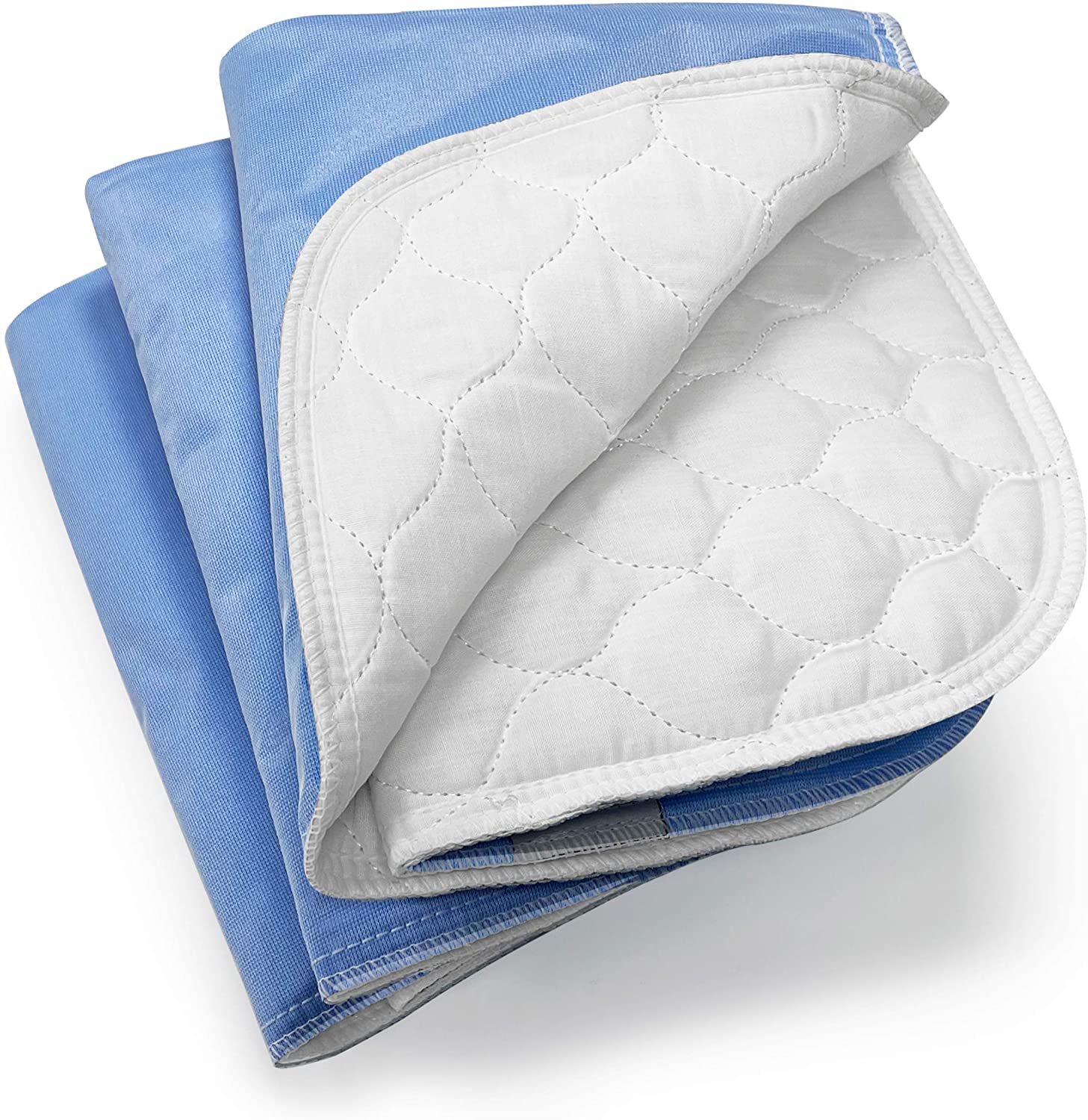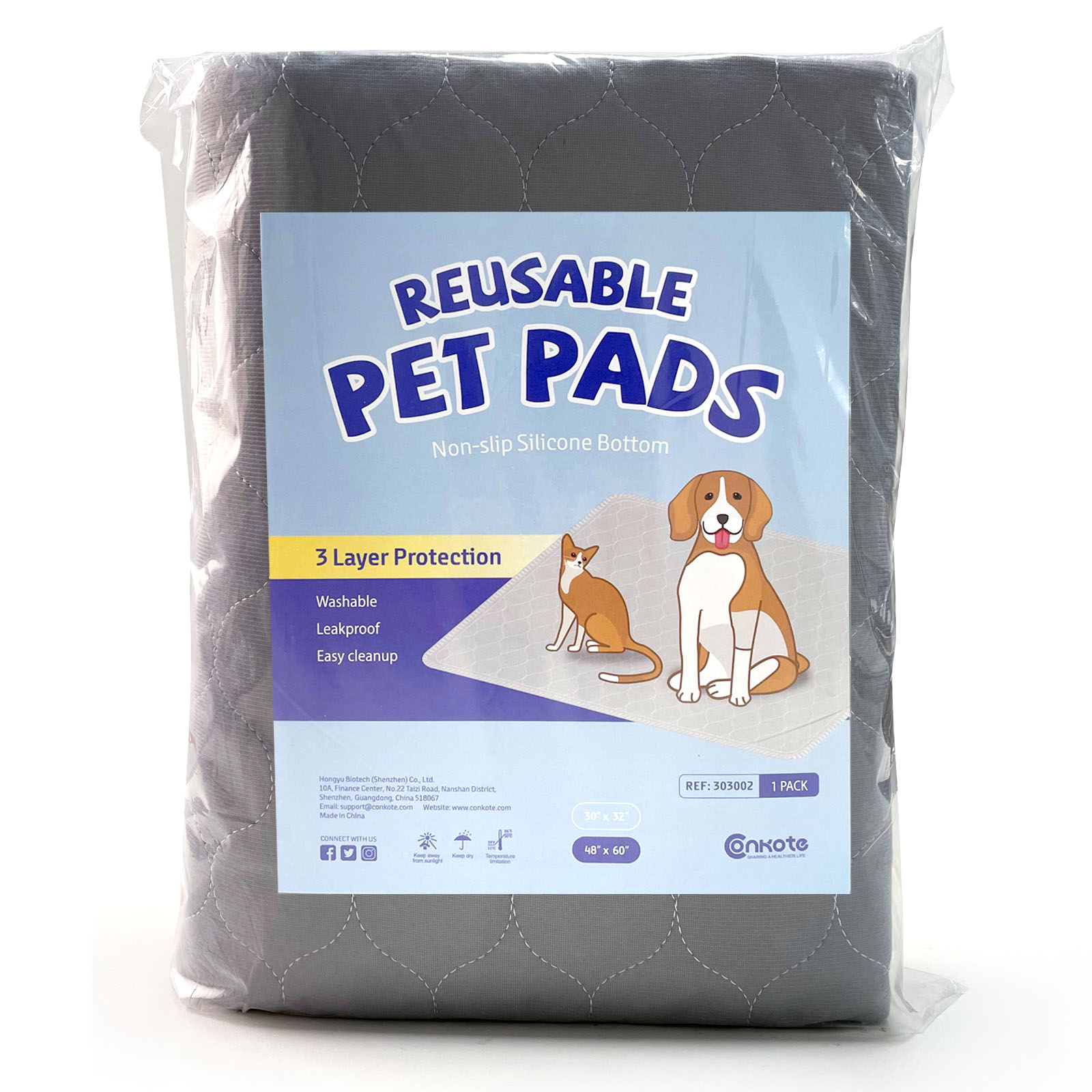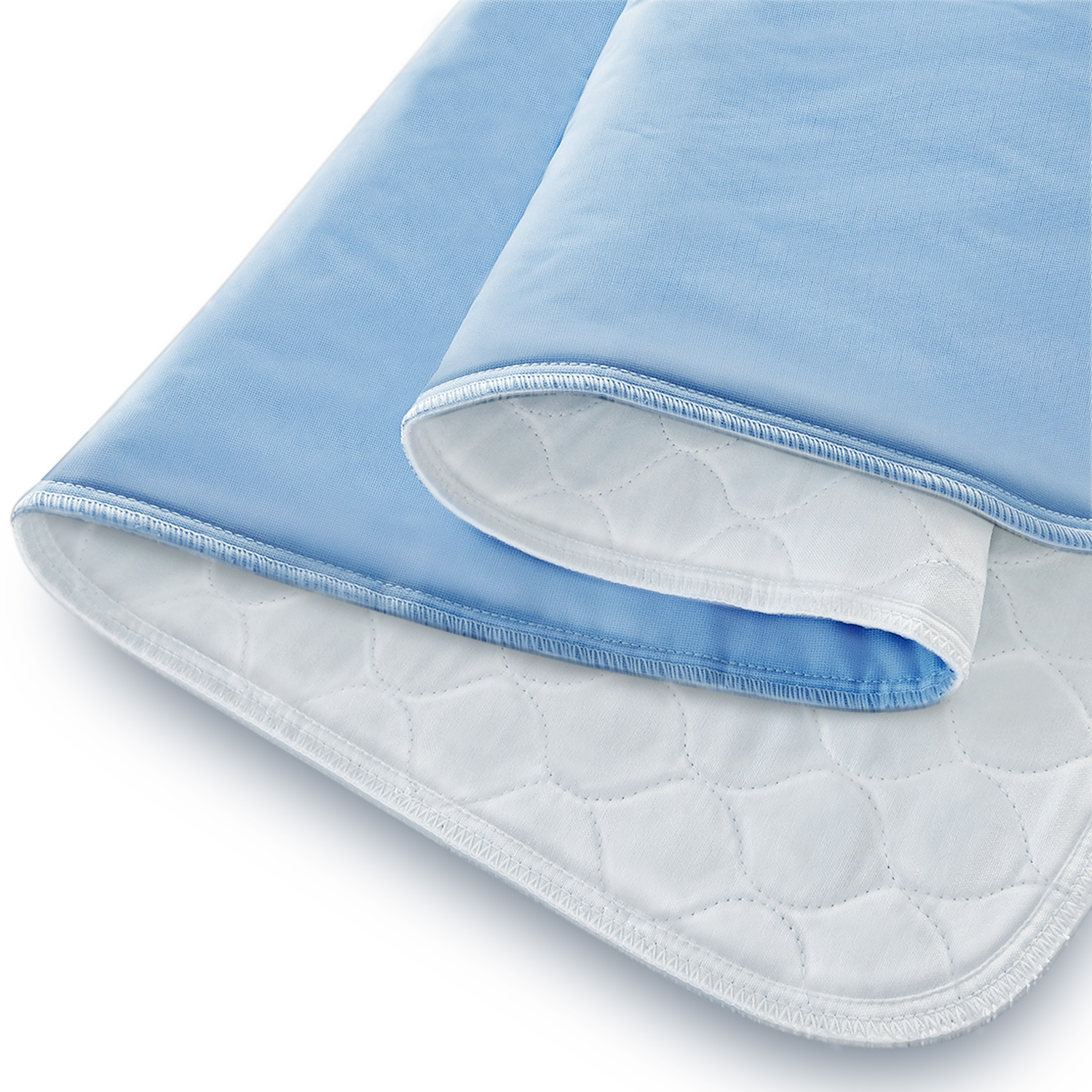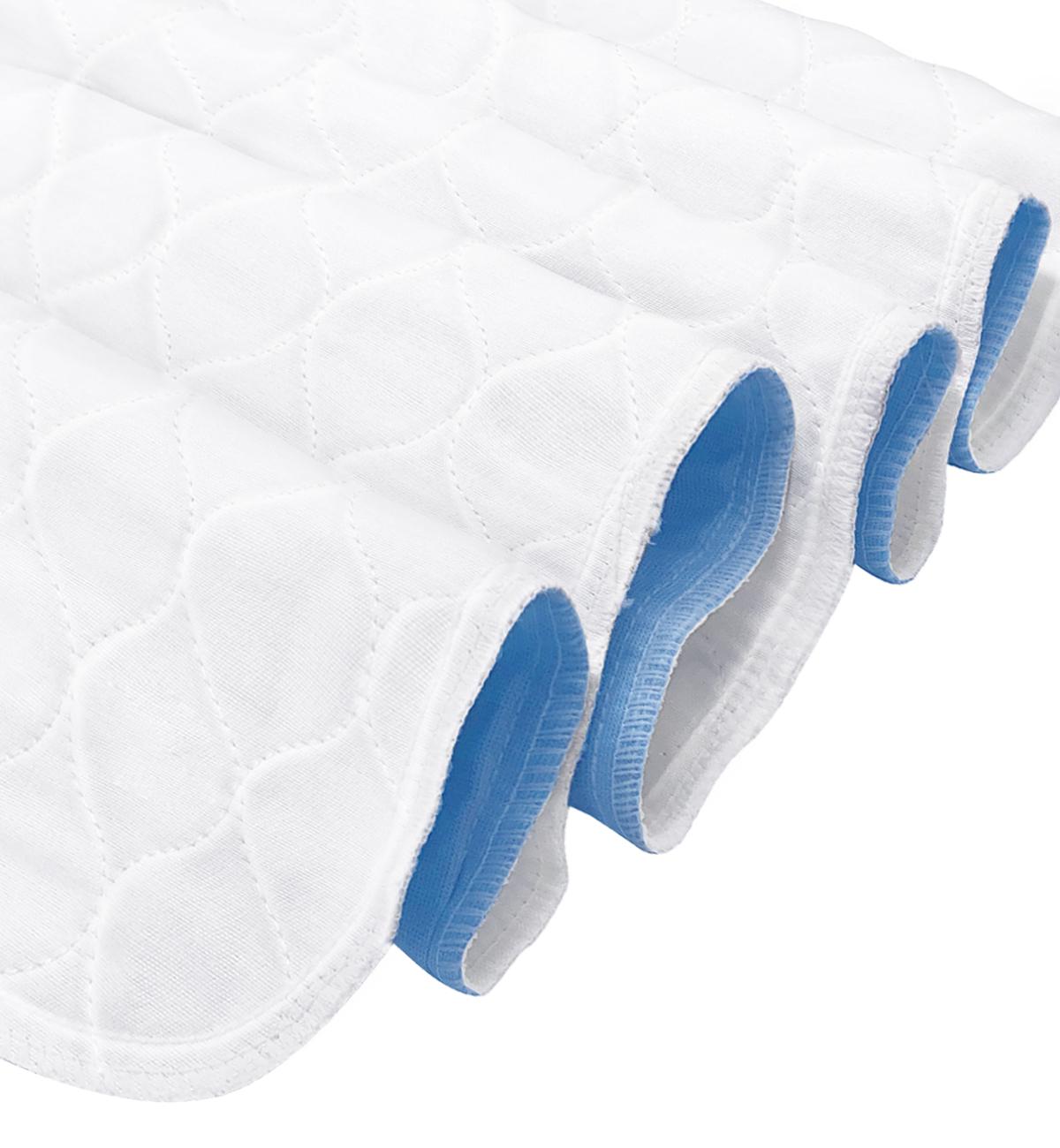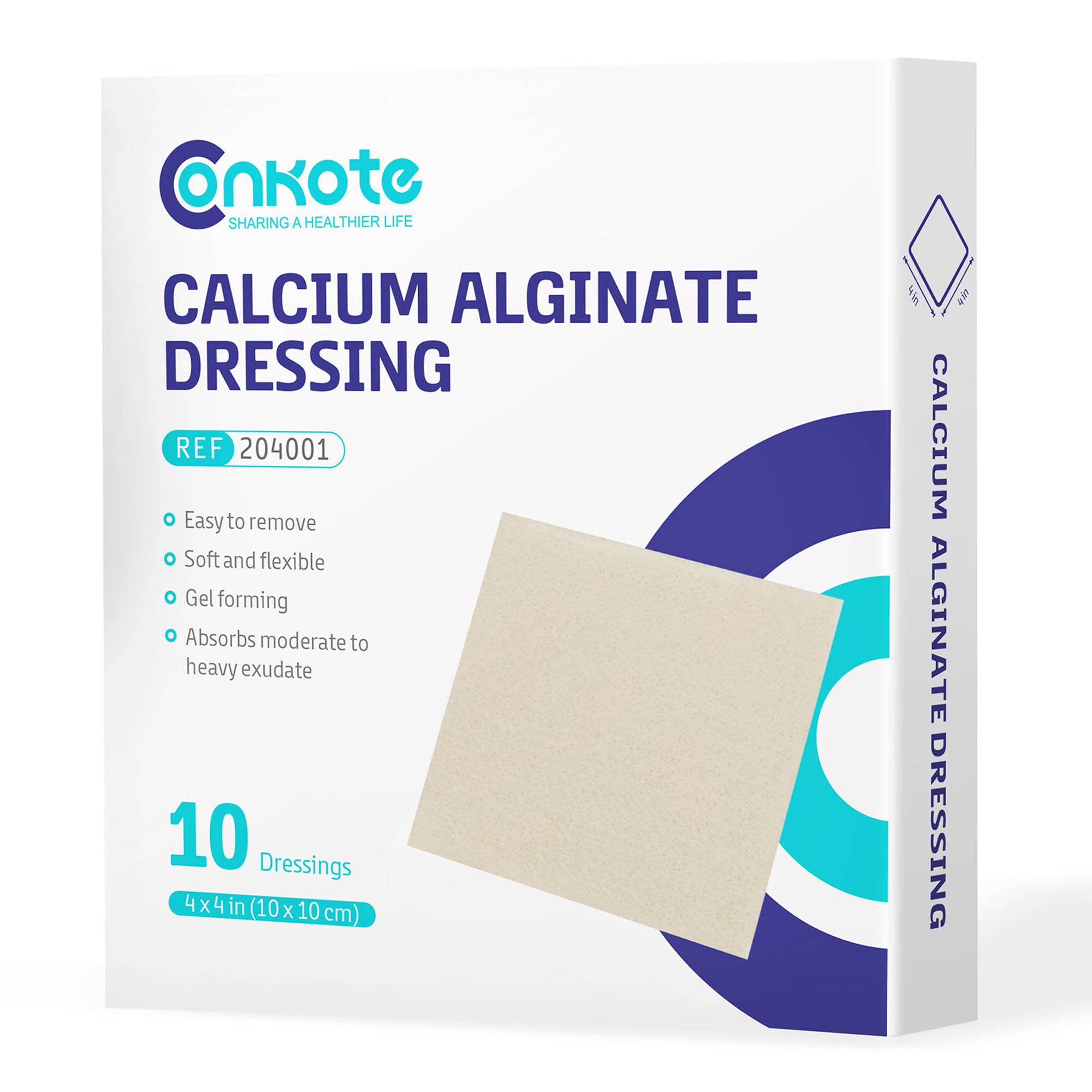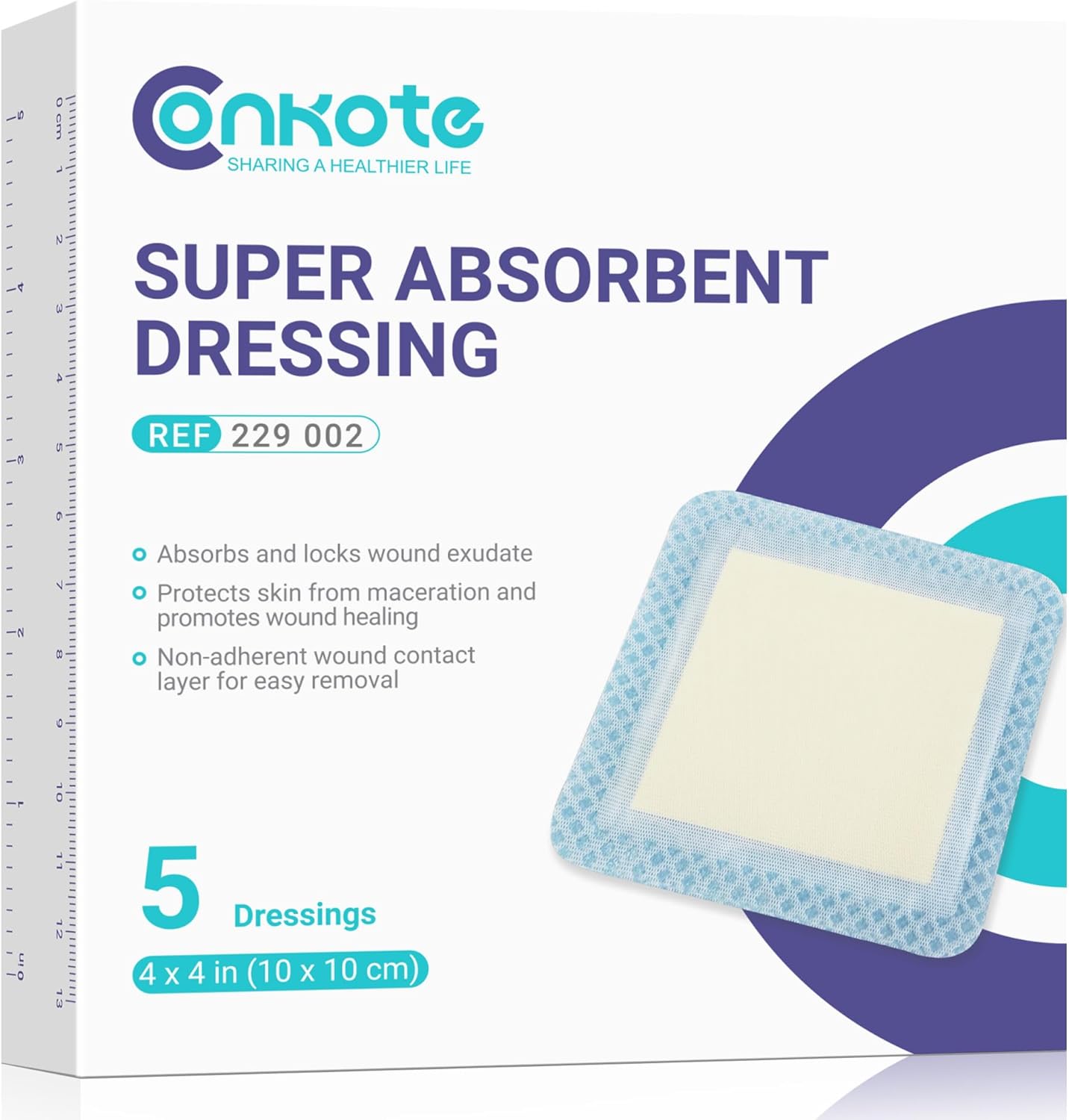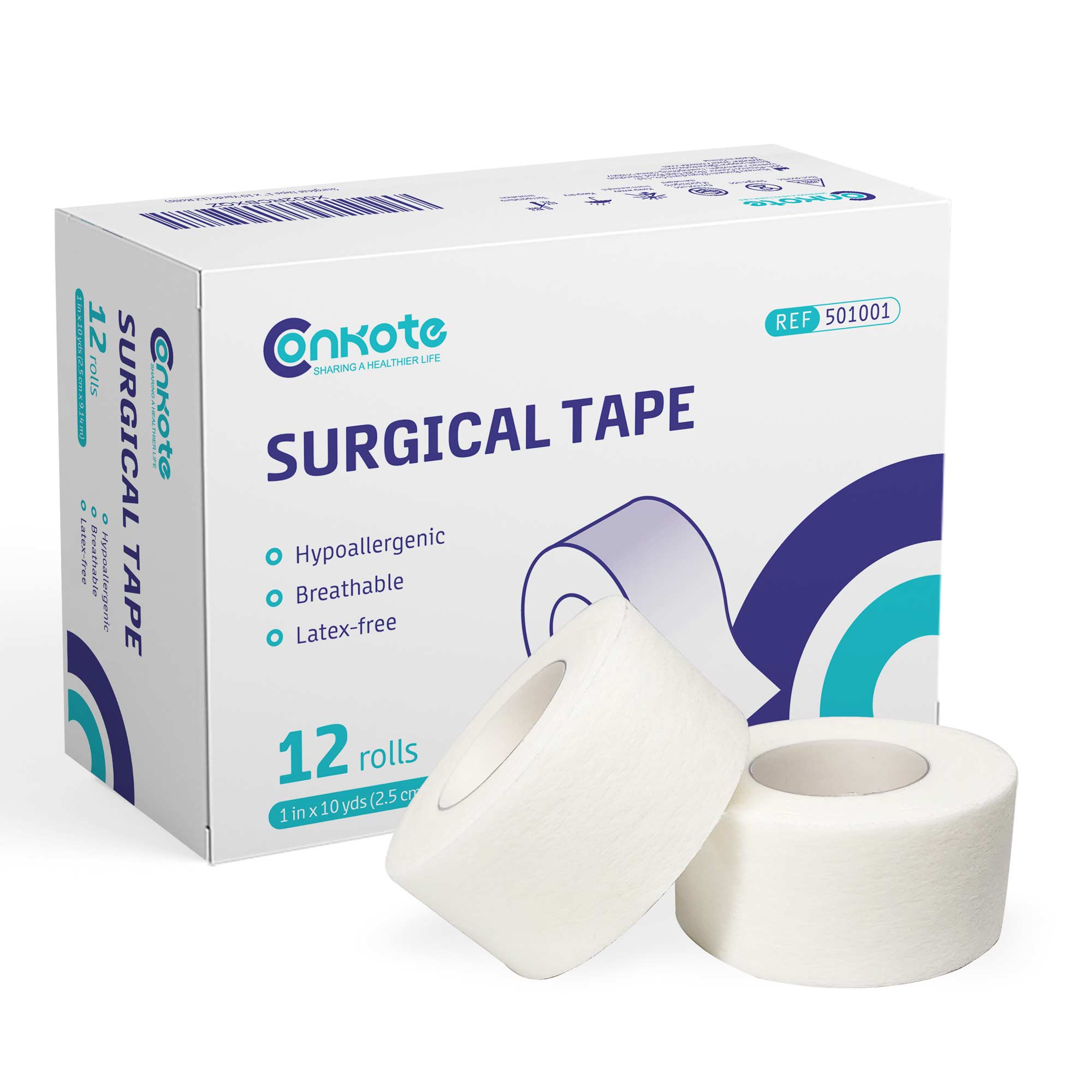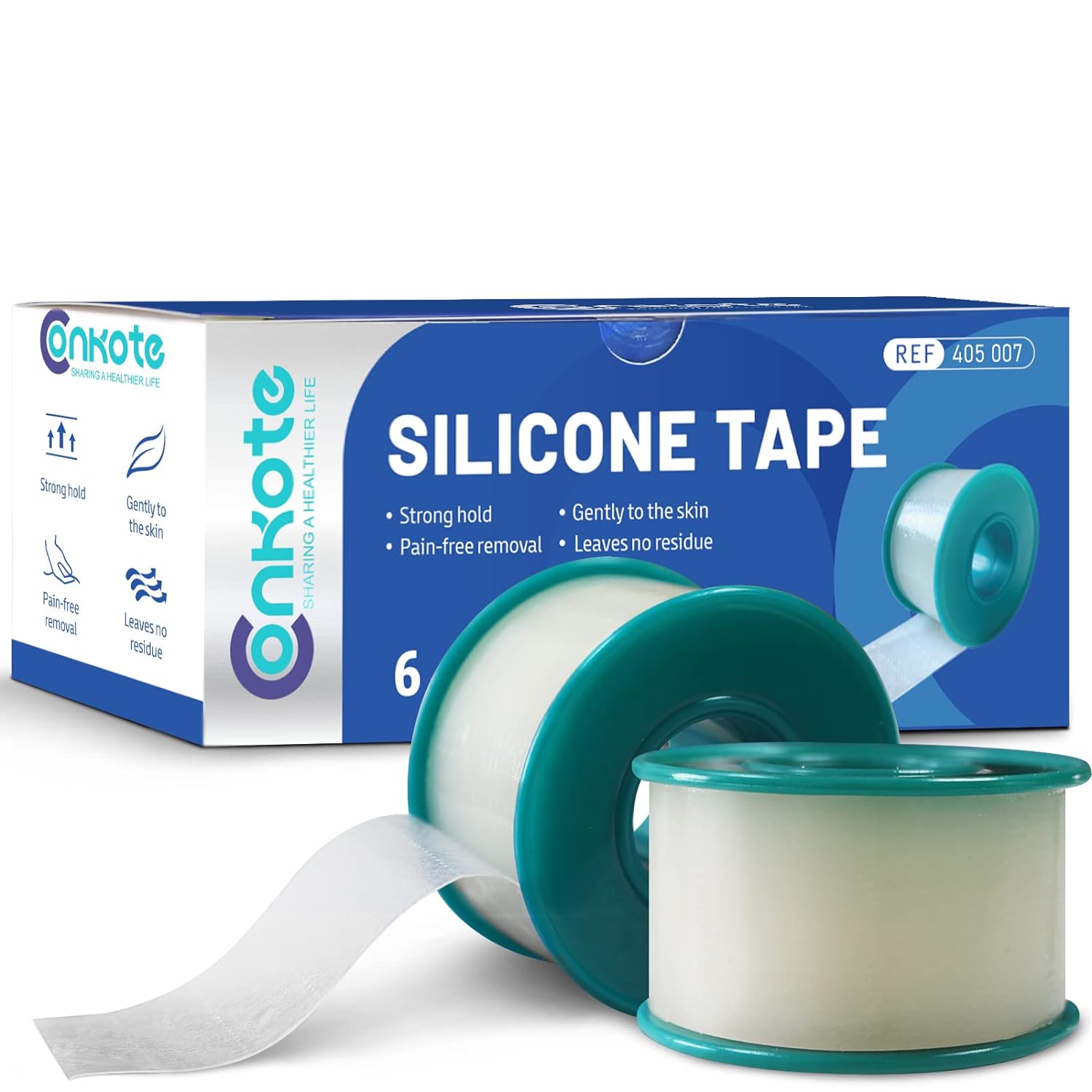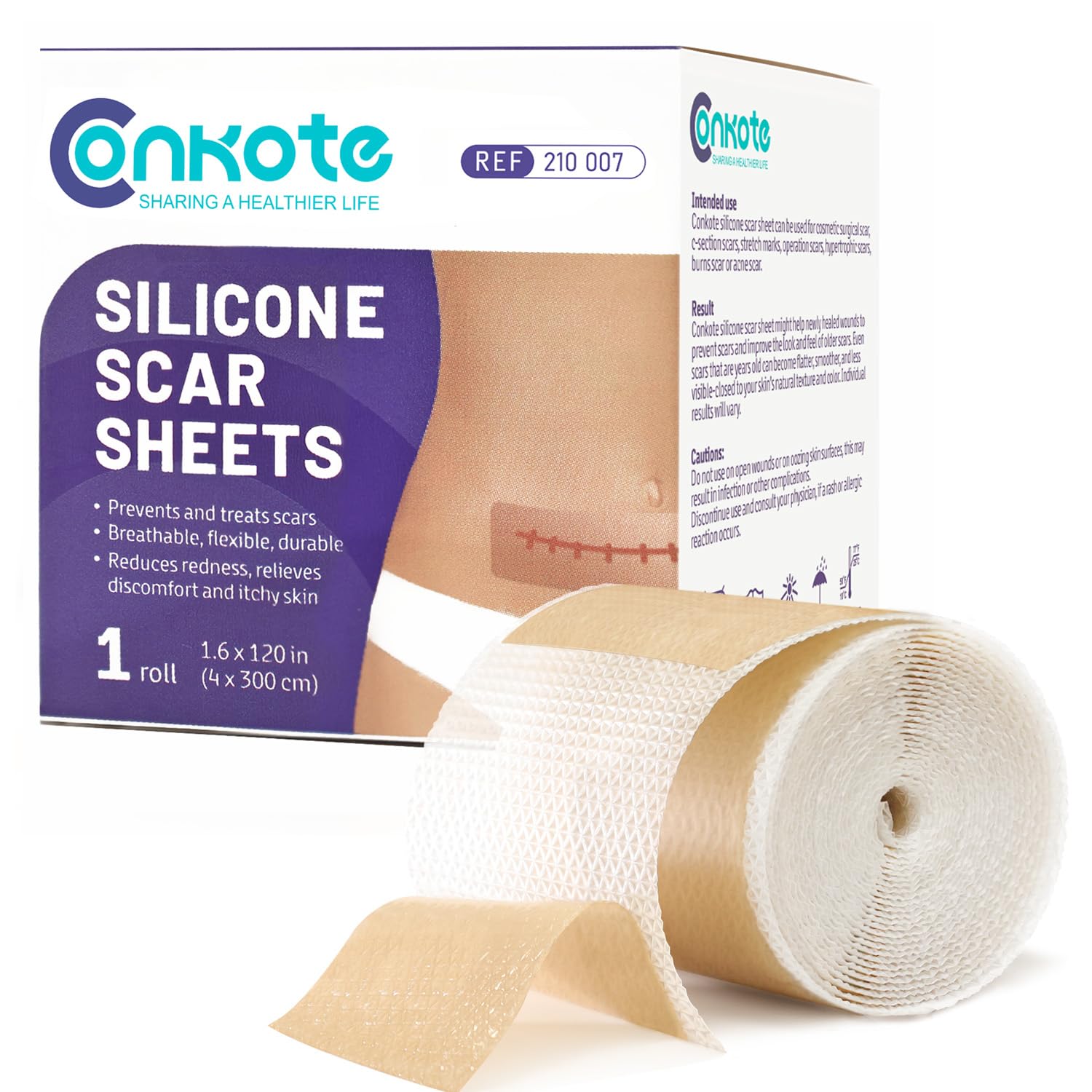How to recognize and treat hypothermia?
2022-01-27 2022-02-17 0:46How to recognize and treat hypothermia?

How to recognize and treat hypothermia?
Hypothermia refers to the loss of body heat that is greater than the heat supply, resulting in a drop in the core temperature of the body, followed by a series of symptoms such as chills, confusion, heart and lung failure, and even death.
Generally speaking, hypothermia develops in three stages: mild, moderate, and severe hypothermia. Once severe hypothermia occurs in the human body, if measures and treatment are not taken within two, or three hours, it is very likely to cause irreversible effects.
Heavy snow and strong winds over much of the southeastern U.S. and mid-Atlantic in early January brought considerable suffering and problems. Especially the area around Washington. D.C. Mayor Muriel Bowser declared a snow emergency and advised residents to stay home. If you travel in cold weather, there are too many exposed body organs, and the higher the wind speed, the faster the body heat will be dissipated accordingly, resulting in the greater the risk of hypothermia. Temperature, humidity, and wind are the most common direct causes of hypothermia. As long as there are two of the three elements in the situation, there may be problems. and requires immediate treatment.

Hypothermia symptoms
Mild Hypothermia
The core temperature is 37 to 35.55 degrees. Signs: Uncontrollable shaking, hands begin to freeze, unable to perform complex movements such as ice climbing or skiing, but able to walk and talk.
Moderate Hypothermia
The core temperature is 35 to 33.88 degrees. Signs: Loss of consciousness, loss of motor coordination, especially hands, such as inability to pull zippers. Slurred speech, violent shaking, behavioral disturbances, such as starting to undress, but not feeling cold. The muscles were obviously uncoordinated, the movements were slow and seemed strenuous, and the feet began to stumble and become confused.
Severe Hypothermia
The core temperature is 33.88 to 30 degrees. Violent shaking, difficulty speaking, slow thinking and onset of forgetfulness, marked decline in mobility, inability to use hands, frequent trips when walking, depression, intermittent tremors. The exposed skin is bluish-purple and swollen, muscle coordination is very poor, falls to the ground, cannot continue walking, curls into a ball to preserve body temperature, and gradually stiffens muscles. The skin turns pale, the pupils dilate, and the pulse rate slows. At around 31 degrees, the human body begins to hibernate, shutting off almost all peripheral blood circulation, and reducing breathing and pulse rates.
Fatal Stage
30 degrees to 27.77 degrees, muscle stiffness, semi-consciousness, coma, slow pulse and respiratory rate, and possible cardiac fibrillation. Between 27.77 and 25.55 degrees, loss of consciousness, heartbeat and breathing are erratic and very shallow, pulse may not be palpable, and any sudden shock may cause ventricular fibrillation and lead to death. To 25.55 ~ 24 degrees, there will be pulmonary edema, heart and respiratory failure. But it is likely to have died before reaching this temperature.
In the mild hypothermia→moderate hypothermia stage, patients can also rely on their own heat to improve, but if the patient enters into severe hypothermia without paying attention in the first two stages, the patient cannot sustain life on his own. If the patient is not treated in time, it can lead to death in severe cases!

First aid for hypothermia:
1. Check the person’s airway, breathing, and circulation.
2. Check whether the personal clothing is dry, replace the wet one immediately, remove the hypothermic patient from the place, where the air blows and the damp and cold, and isolate it from the cold air.
3. Eat liquids, sugary foods.
4. The hot water bottle is wrapped in gloves or socks and placed in the armpits, neck and groin.
5. Cover the person completely with foil or a space blanket, when necessary, those who are warm can use the separator to conduct heat by direct contact with the body.
6. When the pulse and heartbeat stop in patients with severe hypothermia, use CPR first aid.

Caution
(1) Do not rub the limbs, this will accelerate the return of cold blood to the trunk, so that the patient will freeze to death completely;
(2) Do not drink alcohol to patients, accelerating blood circulation means accelerating heat dissipation;
(3) You can’t drink coffee, caffeine is a diuretic, it will dehydrate, and it is different from urination;
(4) Patients with severe hypothermia should not be placed in an extremely hot environment;
(5) Perform cardiopulmonary resuscitation with caution. The heart of patients with severe hypothermia is very sensitive and fragile, and external stimuli may cause arrhythmia and lead to death;
(6) Cannot use external auxiliary heat source for extremities. The optimal temperature of the auxiliary heat source is around the body temperature. An excessively hot heat source will cause the patient to be scalded.
Hypothermia prevention
1. Pay attention to the choice of underwear. To choose quick-drying sweat-wicking underwear, avoid cotton underwear. Cotton fabrics are very absorbent, and are not easy to export and cause loss of temperature.
2. Pay attention to the increase or decrease of clothing. Pack warm clothes in your carry-on bag before trekking in alpine regions, and wear a light quick-drying T-shirt or a breathable jacket when you set out. Take out warm clothes and put on immediately at every rest point to avoid catching a cold.
3. Pay attention to keep warm. If you travel in cold weather, you should take appropriate wind protection measures and do not expose yourself to cold winds. Warm hats, gloves, scarves, windbreakers, thick socks, wind masks, etc. are all essential items for travel in windy and cold weather.
4. Replenish physical strength in time. Know your physical limits, don’t let yourself get overstretched, prevent dehydration, and avoid excessive sweating and calorie burn. Prepare food and hot drinks to replenish body heat at any time.

Who’s at risk?
Hypothermia most commonly occurs in people who participate in cold weather outdoor activities or travel to cold climates. A baby sleeping in a cold bedroom. The elderly, the sick and those with poor circulation are also at risk. In addition, certain diseases and medications, alcohol consumption, and smoking can increase the risk of hypothermia.
Familiar with the occurrence conditions and early symptoms of hypothermia, prevention is always better than treatment, and don’t delay when you and your teammates find problems with each other.
Reference materials:
https://www.skinsight.com/skin-conditions/first-aid/first-aid-hypothermia
https://www.cdc.gov/disasters/winter/staysafe/hypothermia.html





